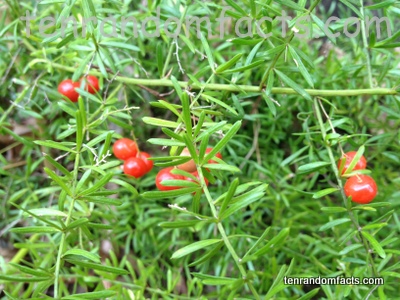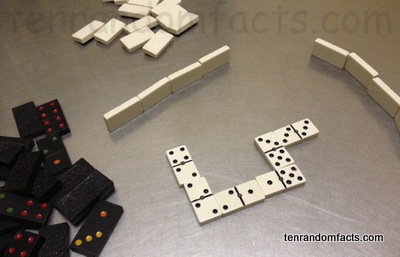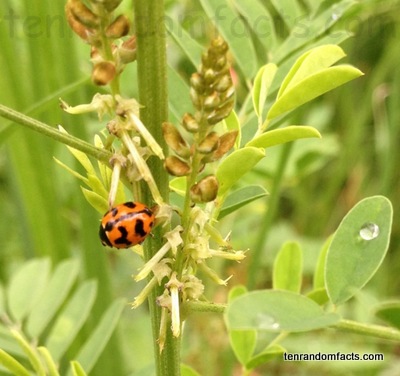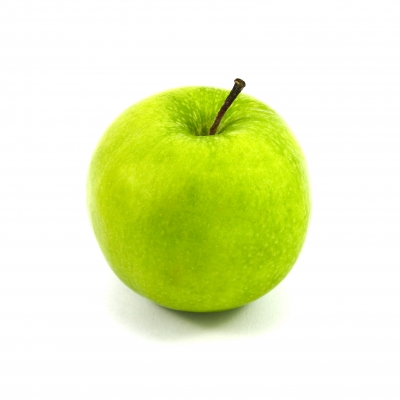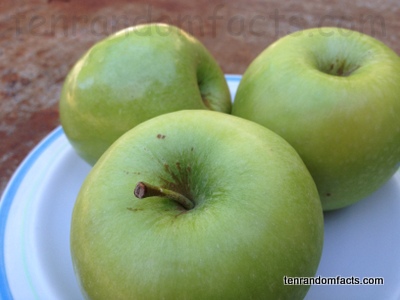
More mysteries solved by Nancy Drew.
- Nancy Drew Mystery Stories is a book series that is often named the ‘original’ or ‘classic’ Nancy Drew series.
- Stratemeyer Syndicate, producers of other mystery series such as the Hardy Boys and Tom Swift, produced the Nancy Drew Mystery Stories.
- Grosset & Dunlap first published the Nancy Drew Mystery Stories in 1930 and continued publishing the series until 1979, when Simon & Schuster took over, until the series concluded in 2003.
- Twenty-eight people, all ghost writers for the series, have written Nancy Drew Mystery Stories, most notably Mildred Bensen under the pen name Carolyn Keene, under the orders of Edward Stratemeyer and descendants, who thought of the idea and founded the Stratemeyer Syndicate.
- Nancy Drew Mystery Stories is a series of 175 books, the first 56 published by Grosset & Dunlap, and the rest by Simon & Schuster.
- Nancy Drew Mystery Stories were originally published as hardbacks, but in 1979 they began to be produced as paperbacks.
- Nancy Drew is the main character in the series of the Nancy Drew Mystery Stories, who is a female teenager and the mystery solver.
- Nancy Drew Mystery Stories were written after the success of the Hardy Boys, also produced by the Stratemeyer Syndicate, to give a sense of mystery to young female readers, and the series made a very significant impact on female culture and society, and continues to be popular to this day.
- Nancy Drew Mystery Stories have been turned into six films, all produced by Warner Bros, the most recent film having been released on 15 June, 2007.
- The first Nancy Drew Mystery Stories book was ‘The Secret of the Old Clock’ and the last being ‘Werewolf in a Winter Wonderland’.
Bibliography:
Nancy Drew, 2013, Wikipedia, < http://en.wikipedia.org/wiki/Nancy_Drew>
Nancy Drew Mystery Stories, 2013, Wikipedia, <http://en.wikipedia.org/wiki/Nancy_Drew_Mystery_Stories>
Amazon: 




Nancy Drew Book Series – Multiple Selections




